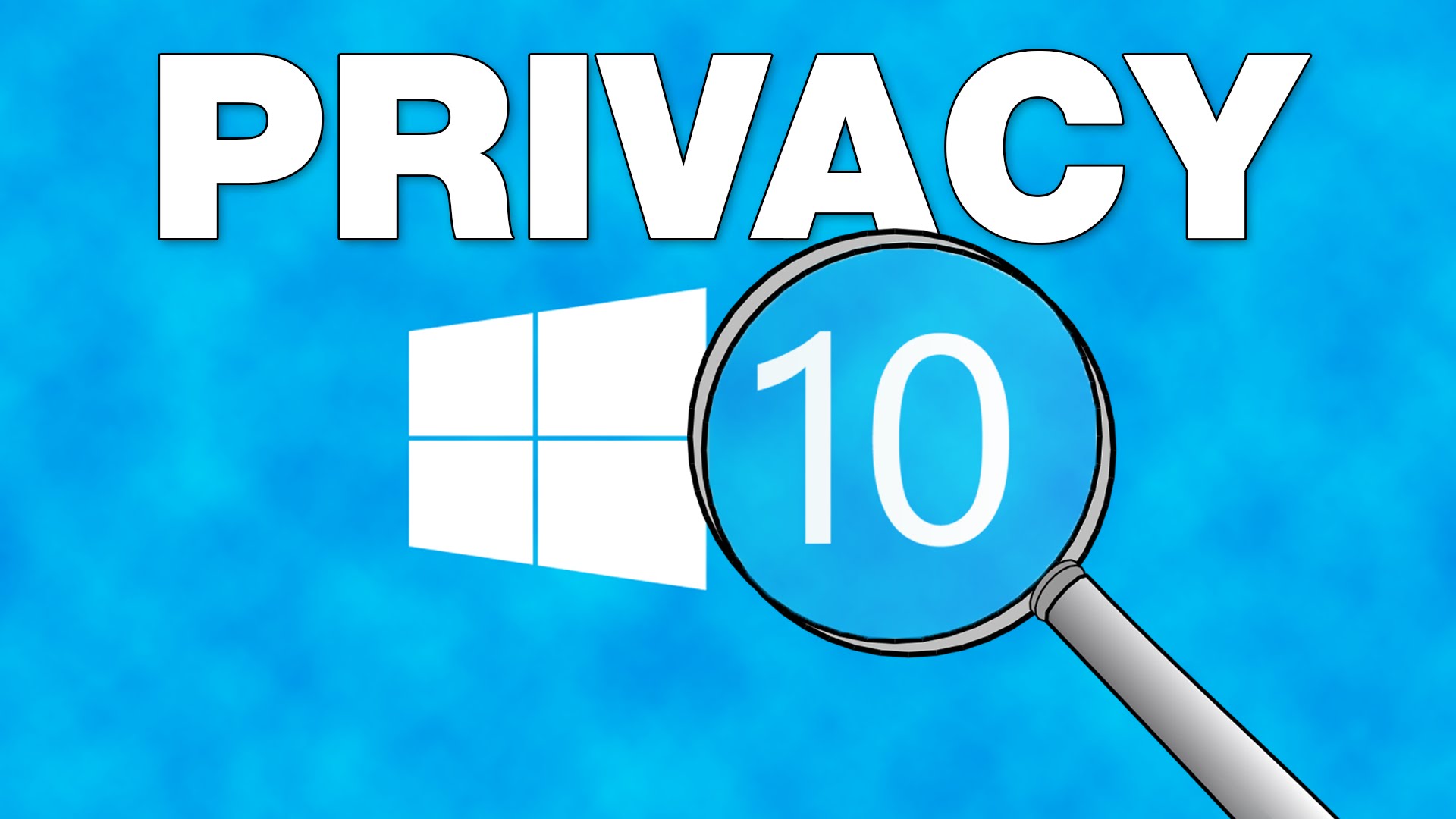Where are Virtual desktops most suited for?

Hospitals
In the case of the healthcare sector, patient’s health records can be accessed remotely and through any compatible device. However, any restrictions concerning the extent to which a health expert/doctor has in accessing the patient’s records can be customized, protecting the customer, who in this case is the patient. Hence options such as restricting access to patient’s records which are irrelevant to a particular expert can be opted to.
Schools and colleges
By adopting a Virtual Desktop, students can access the system, where through certain restrictions being imposed, a disciplined working environment can be created. The same desktop can be accessed through a variety of devices by the students.
Corporate world
At offices which primarily involve using computers, implementing VDI presents great advantages. This is highlighted in places where employees work at shifts. A single computer may be used by multiple people for their work and using a VDI allows an employee to login into their Virtual Desktop. This minimizes the number of devices required and once the shift is over, the employee can log out and hand over the system to the next shift.
Using more than one computer
Some jobs may require the use of more than one computer, which is probably situated in two different locations. For such applications, synchronization is important, and this can be done easily through VDI.
Outstation operations
Depending on the sector, employees may require working out of office and might need access to the company’s computer system. This can be easily accomplished through VDI, where accessibility is available regardless of the where or when it is needed and through any device. Through such a system, efficiency and effectiveness of employees can be improved greatly.
With rapidly improving technology, VDI systems broaden its scope further and further catering the needs more and more sectors. For more information on how and what VDI can do to help your organization, give us a call today.







.jpg)



















